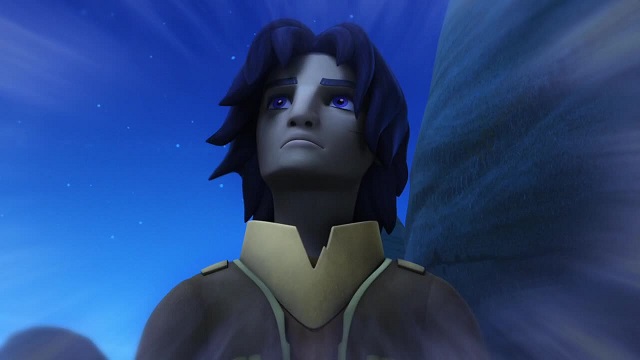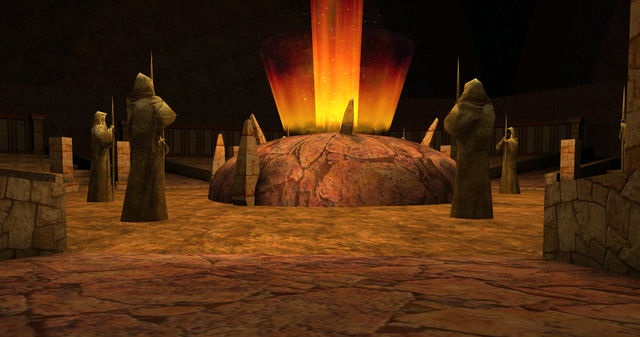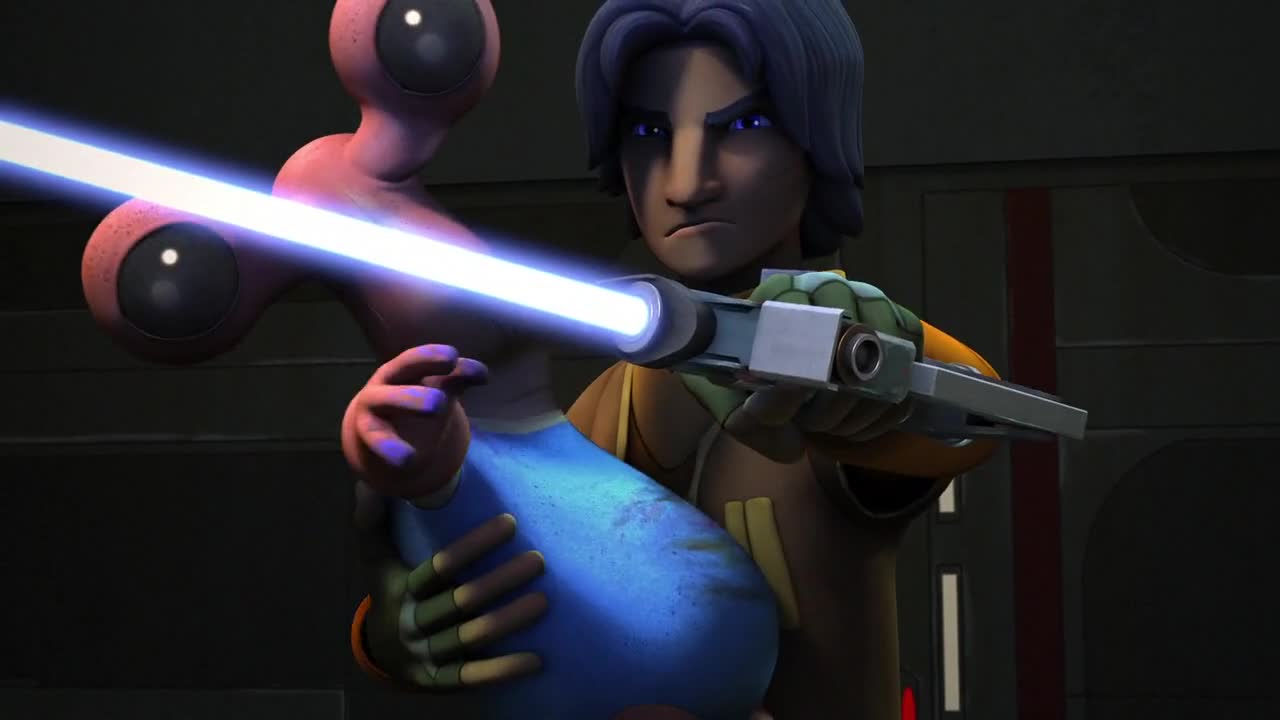
We’ve covered the way Rebels doles out its plots and themes quite a lot since the first season, how just as often as episodes wrap themselves up in a nice, neat little package, they leave tidbits and other things to drift with the possibility of being snagged later on. Some of them were obvious hooks, like Sabine referencing her time at the Imperial Academy, while others were rather more subtle. And as the show has now advanced into its second season, some of those plots both obvious and not have begun paying off.
Back in the first season, we learned about Ezra’s mixed feelings on his parents’ disappearance, how he wanted to find them but also didn’t want to be told that they had met an untimely fate. His encounters with those who had knowledge of their fate, most notably the scatterbrained Rodian Tseebo, provided a look into a boy’s complex psyche, where all of his years spent living on his own have insulated him against hope, but at the same time, something inside of him longs for his family to be alive and well somewhere.
Where we are now, at the midpoint to the second season, is a great place to look back at the series as a whole and how plots like Ezra’s search for his parents have shaped the show. Ezra’s choices in “Legacy” are different from the ones he made in the first season because Ezra himself is a different character now. The plot of the series has evolved as the characters (in this case Ezra) have grown. And the showrunners were patient enough (and had enough faith in their audience) to give the plot plenty of time to simmer before finally taking the cover off. Read More
![The_Perfect_Weapon_final_cover[1]](http://eleven-thirtyeight.com/wp-content/uploads/2015/12/The_Perfect_Weapon_final_cover1-197x300.jpg)
![The-Crimson-Corsair[1]](http://eleven-thirtyeight.com/wp-content/uploads/2015/12/The-Crimson-Corsair1-236x300.jpg)



